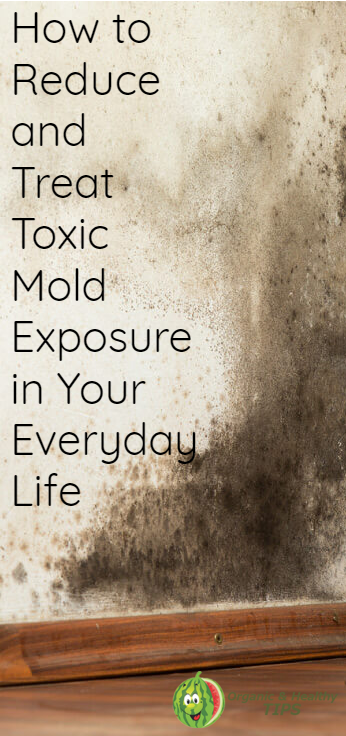Hundreds of millions of people are been exposed to toxic mold every single day by touch, breathing or ingestion- and they don’t even know it.
Mold is known to be silent, shifting and threatens the well-being of our body. It can grow behind walls, below floors and even makes a home in our food. What you might not realize is, mold can make you very sick and in some cases, even be deadly.
People often underestimate the crippling effects that mold has on our bodies. If the growth of mold isn’t managed, it can overload and break down your immune system. When someone is suffering from mold toxicity, they are often left confused and frustrated trying to figure out the root cause of their illness.
Mold Exposure Attacks Your Performance and Health
Some molds can drop some poisonous, invisible chemicals that are recognized as mycotoxins that are difficult, but not impossible, to kill. These mycotoxins will make their home all around your environment, contaminating everything you own from furniture to your clothes. These biotoxins travel through the body distressing immunity, joints, the nervous system, and more. They change how you think.
The Symptoms of Long Exposure to Mold?
Chronic mold toxicity is repeatedly misdiagnosed because of its collection of symptoms that resemble other diseases and syndromes. It’s habitually mistaken for and pooled together as Lyme Disease, Celiac Disease, Fibromyalgia, Chronic Fatigue Syndrome and more.
Research shows that long exposure to mold toxicity can cause:

- Neurocognitive problems
- Brain Fog/Confusion/Memory loss
- Mood issues
- Sleep issues
- Auto-immune issues
- Inflammatory problems
- Joint pain
- Fatigue
- Headaches
- GI problems/food sensitivities
- Weight fluctuation
- Numbness and tingling
- Blurred vision
- Sensitivity to light
If you have a compromised immune system, certain opportunistic infectious diseases from the mold can also affect the lungs, skin, eyes and more.
Where Does Mold Hide?
About 50% of the buildings in the United States have water damage, so there’s a good chance you and mold have been in the same room. Mold flourishes in damp, poorly ventilated areas. Sometimes it starts with a plumbing problem, a leak in your roof or the aftermath of a flood. Any place water travels, mold can unexpectedly develop behind drywall, underneath carpeting, in wood and poor construction materials.
Also, dirty HVAC systems collect dust and moisture, making them a perfect Petri dish for mold to grow, even if you don’t have a leak.
Shockingly, mold isn’t just happy to multiply in damp, dark places. Some of the toughest strains grow in dry, arid climates.
Apart from molds in the environment, there are also molds in food. Foods that are higher in mycotoxins are grains, nuts, chocolate, coffee, and wine. If you are sensitive to mold in your surroundings, you’re more likely to be vulnerable to the mold or yeast in your food.
Molds are one part of the total environmental load put on your body. On a daily basis, we’re exposed to pesticides, solvents, chemicals, various bacteria, and viruses. So many things can happen to our bodies when our environments aren’t optimal, making us weak. If you are looking for high-performance, high energy, and high focus, eliminating toxic mold exposure is critical.







